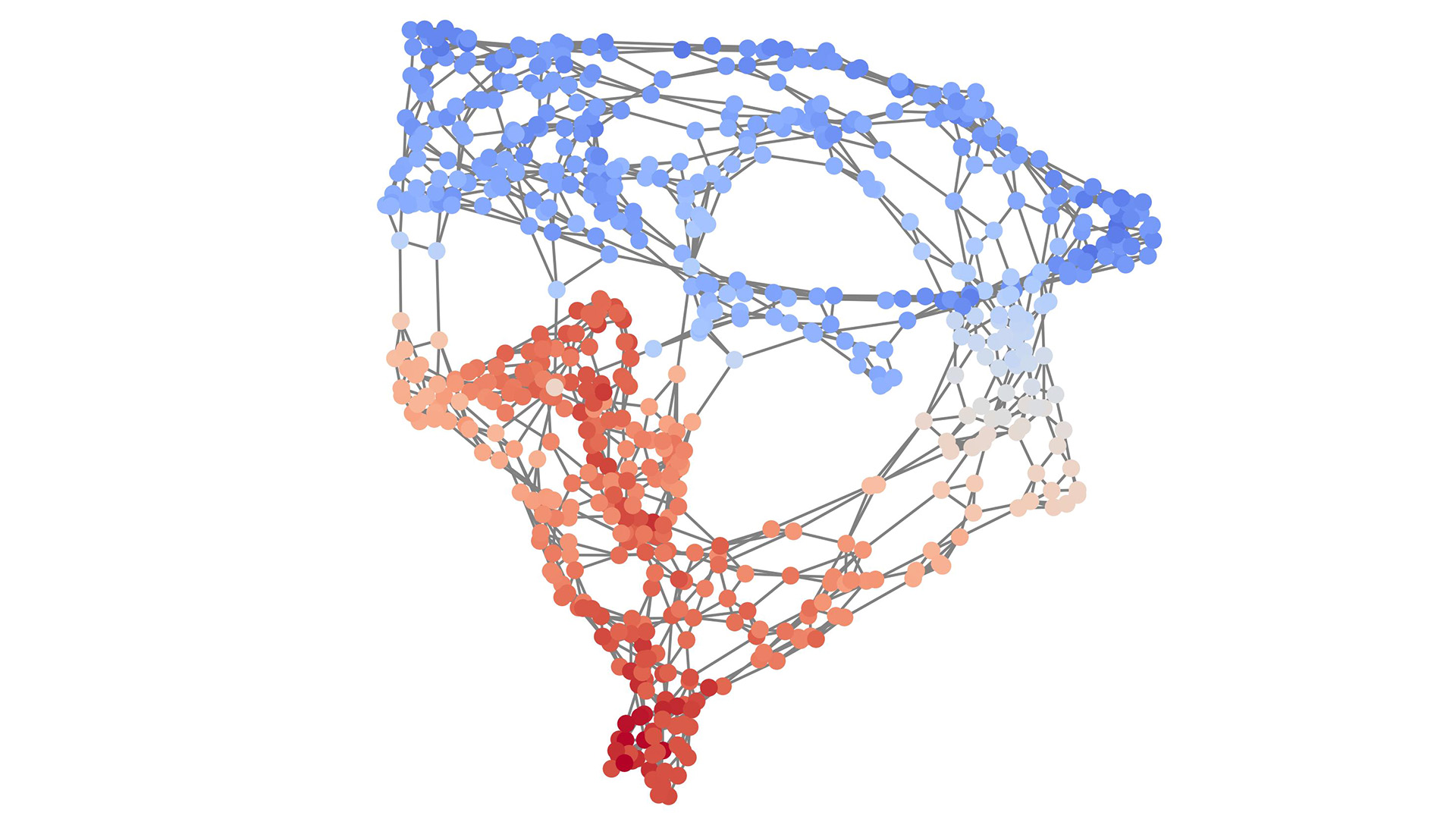
ArcticNAP
Exploring the natural aerosol baseline for improved model predictions of Arctic climate change

Abstract
The Arctic is warming two to three times faster than the global average. Arctic amplification has repercussions for the global climate, northern hemispheric weather, and local livelihoods. Current models have difficulties simulating Arctic change making future scenarios uncertain.
To improve model skills, the factors contributing to Arctic amplification need to be better represented. We focus on the role of aerosols. Aerosols can interact directly with solar radiation, and change cloud radiative properties. Considerable effort has gone into describing the role of anthropogenic aerosols in Arctic climate change. Much less focus has been on natural aerosols, which are gaining importance. This is partly because they are emitted in complex processes involving several environmental compartments, which is difficult to represent in models. To complicate things further, the natural state of the Arctic is changing rapidly thereby changing aerosol processes.
We propose to use an unprecedented combination of in-situ measurements, satellite-based observations, and numerical weather prediction data to reveal natural Arctic processes that drive climate-relevant aerosol properties. Aerosol data are available from eight Arctic observatories covering up to 30 years, and from two high Arctic drift expeditions. By developing a latent variable model, which accommodates the different data types, time series with gaps, and domain knowledge for constraints, we will explore relationships between environmental variables, such as sea ice extent, chlorophyll-a concentrations, or meteorological conditions, and the aerosol target variables.
After quantifying these relationships, we will test the output from 5 Earth System models (ESM) against the data-driven model results to identify where ESMs can be improved. We expect the project to have a high impact because results would be produced while several large Horizon 2020 polar research projects are carried out where our output can be used directly.
People
Collaborators


Eliza has joined the academic team as a senior scientist. She previously worked as a postdoctoral researcher at the Massachusetts Institute of Technology (2012-2013), Empa (2013-2017) and the University of Innsbruck (2017-2020). Eliza received her PhD in Atmospheric Science from the Max Planck Institute for Chemistry in 2012, and her Bachelor degree with Honours in Antarctic Science from the University of Tasmania in 2008. Her previous research has centered around the use of novel isotopic measurements and modelling approaches in atmospheric and biogeosciences, in particular the nitrogen cycle. Her research at SDSC will focus on data analytics and machine learning approaches in environmental and natural sciences.


Michele received a Ph.D. in Environmental Sciences from the University of Lausanne (Switzerland) in 2013. He was then a visiting postdoc in the CALVIN group, Institute of Perception, Action and Behaviour of the School of Informatics at the University of Edinburgh, Scotland (2014-2016). He then joined the Multimodal Remote Sensing and the Geocomputation groups at the Geography department of the University of Zurich, Switzerland (2016-2017). His main research activities were at the interface of computer vision, machine and deep learning for the extraction of information from aerial photos, satellite optical images and geospatial data in general.


William obtained a PhD in Statistics in 2015 jointly from the University of Geneva and the University of Sydney. He then worked as a post-doctoral research fellow at Dalhousie University as part of a Canadian Statistical Sciences Institute collaborative research team. He was an Assistant Professor of Statistics at Stevens Institute of Technology in Hoboken, New Jersey, before joining the SDSC in September 2020. His research interests include robust statistics, non-parametric methods, and spatio-temporal modeling. His recent cross-disciplinary collaborations involve applications in marine biology, volcanology, and fisheries science.
description
Problem:
This project focuses on the natural production of aerosols in the Arctic which plays an important role, albeit not well understood so far, in climate change. By combining many data sources in an unprecedented way (including in situ measurements, remote sensing, and outputs from numerical weather prediction models), we aim to construct a large model that would identify key environmental drivers and potentially describe processes that may evolve with climate change.
Proposed approach:
We are developing a complex non-linear regression model for the in situ aerosol concentration measurements. This model accounts for the measurements of irregular sampling differences by integrating non-linear feature effects over successive time windows. The model also involves various regularization techniques to allow the identification of interpretable effects among the vast number of features we compiled.
Impact:
The processes behind the emission of natural aerosols in the Arctic are some of the few missing puzzle pieces for Earth System Models. Correctly identifying drivers for such emissions is crucial to improve climate predictions on a global scale.
Presentation
Gallery
Annexe
Additionnal resources
Bibliography
- Pörtner, H.-O. et al. (2019). IPCC Special Report on the Ocean and Cryosphere in a Changing Climate. Report Home
- Schmale, J., Zieger, P., and Ekman, A. M. L. (2021). Aerosols in current and future Arctic climate. Nature Climate Change 11, 95-105. https://doi.org/10.1038/s41558-020-00969-5
Publications
Related Pages
More projects
CLIMIS4AVAL
News
Latest news


The Promise of AI in Pharmaceutical Manufacturing
The Promise of AI in Pharmaceutical Manufacturing


Efficient and scalable graph generation through iterative local expansion
Efficient and scalable graph generation through iterative local expansion


RAvaFcast | Automating regional avalanche danger prediction in Switzerland
RAvaFcast | Automating regional avalanche danger prediction in Switzerland
Contact us
Let’s talk Data Science
Do you need our services or expertise?
Contact us for your next Data Science project!



